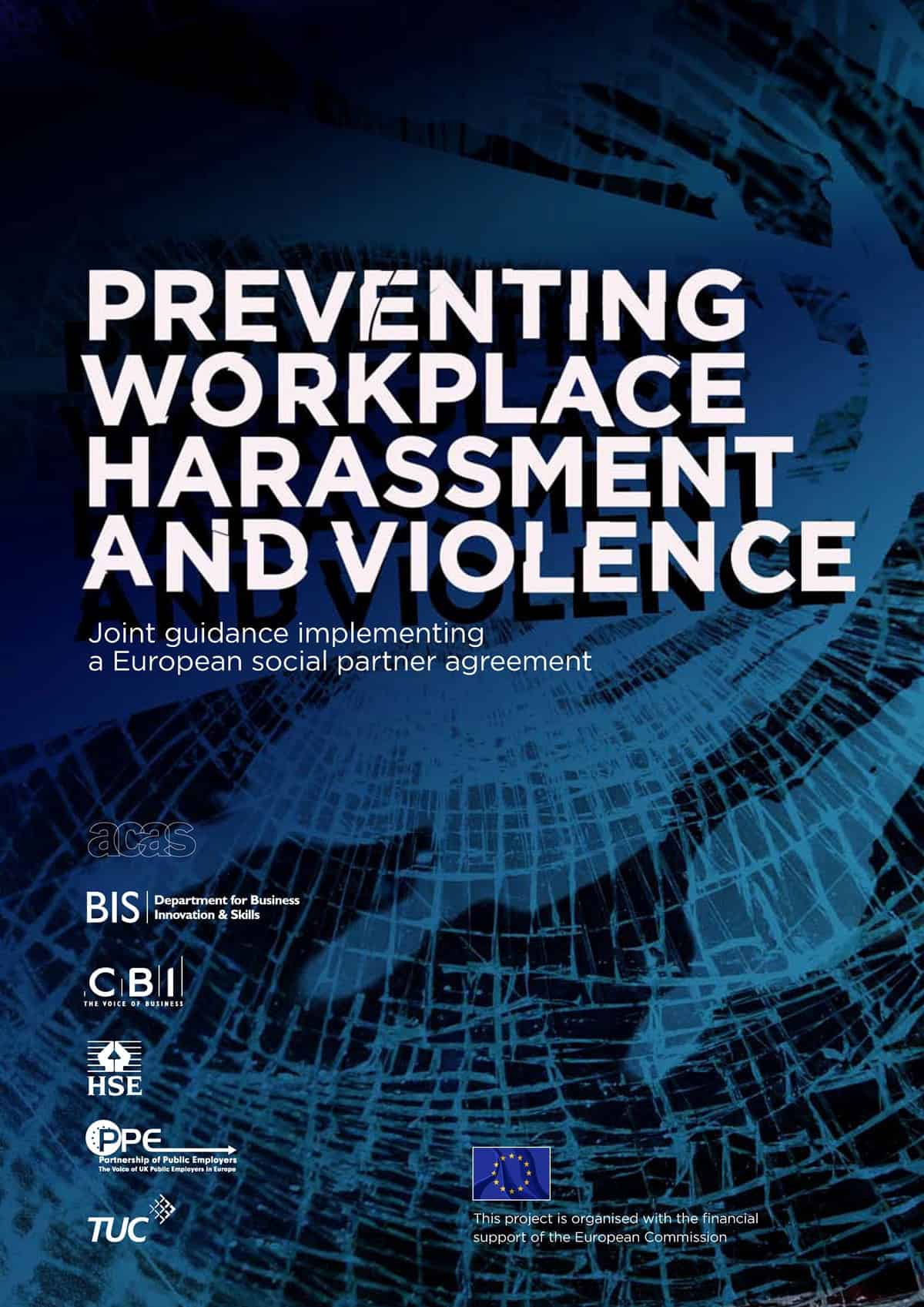The Victorian Auditor-General is conducting an investigation into the “management of safety risks at level crossings”. Victoria’s Coroner is also investigating several, of the many, deaths at level crossings.
According to the Auditor-General’s website the level crossing report will be tabled in Parliament next month. It is understood that the three nominated level crossing hearings of the Victorian Coroner will commence sometime in 2010. Continue reading “Level crossing investigation reports”

